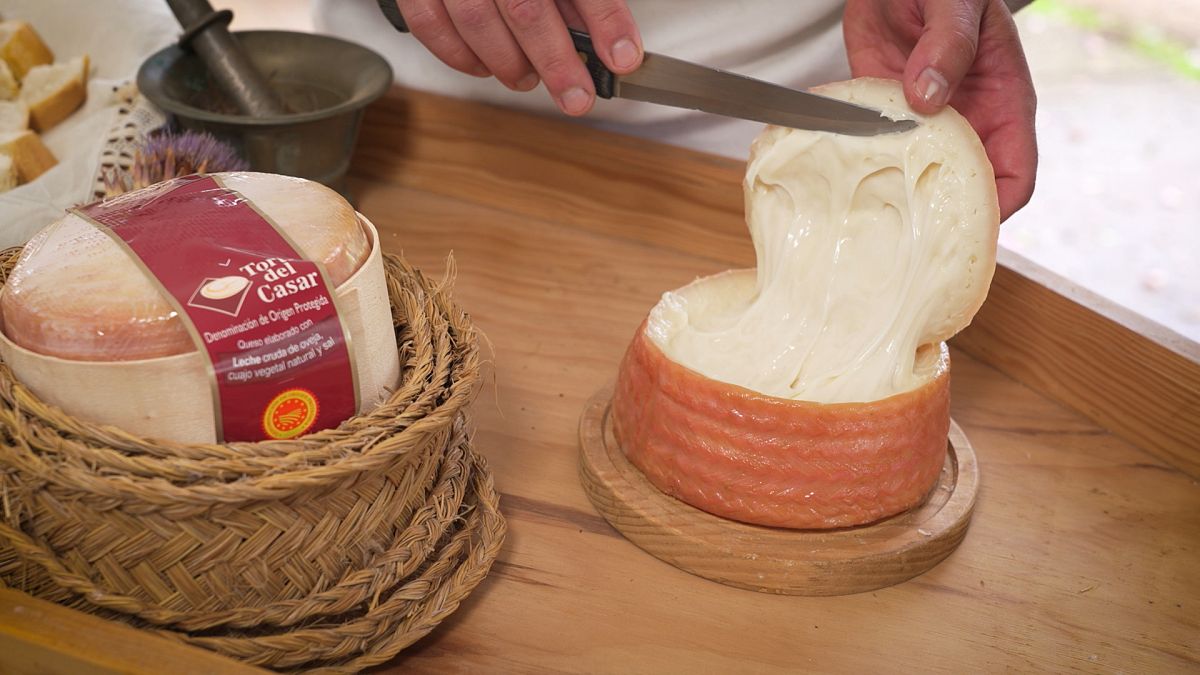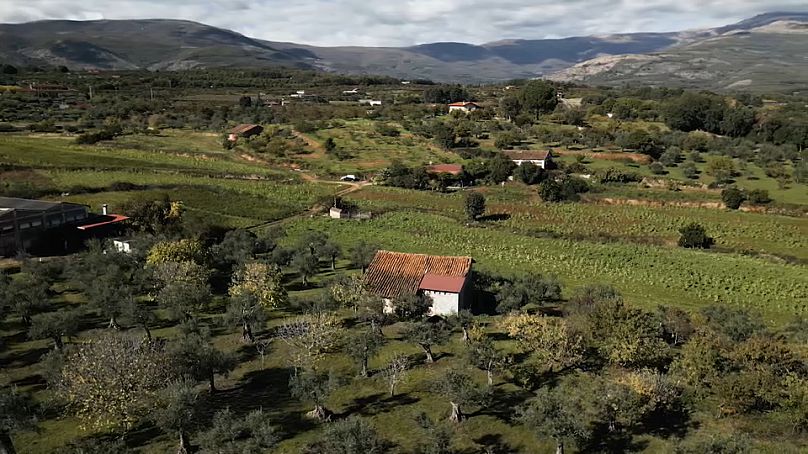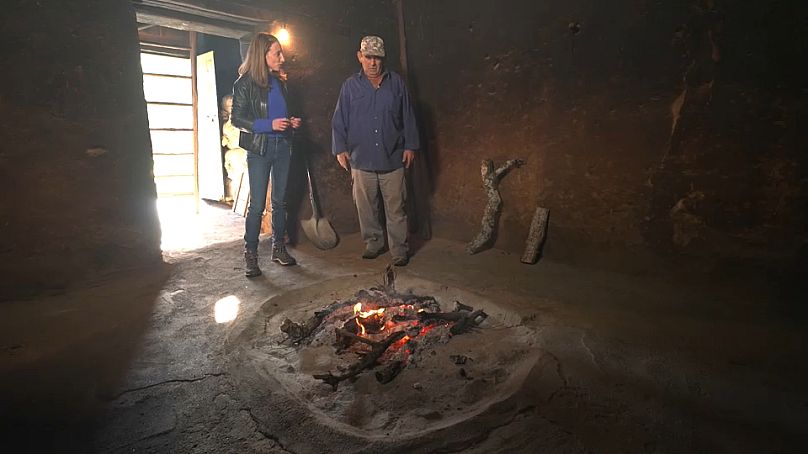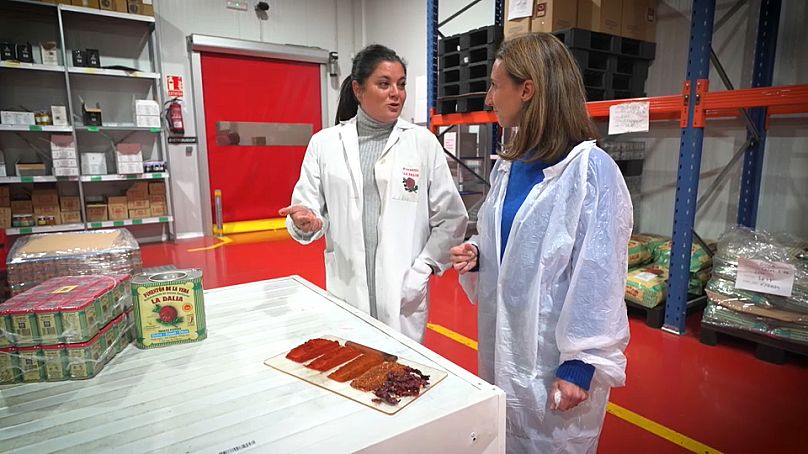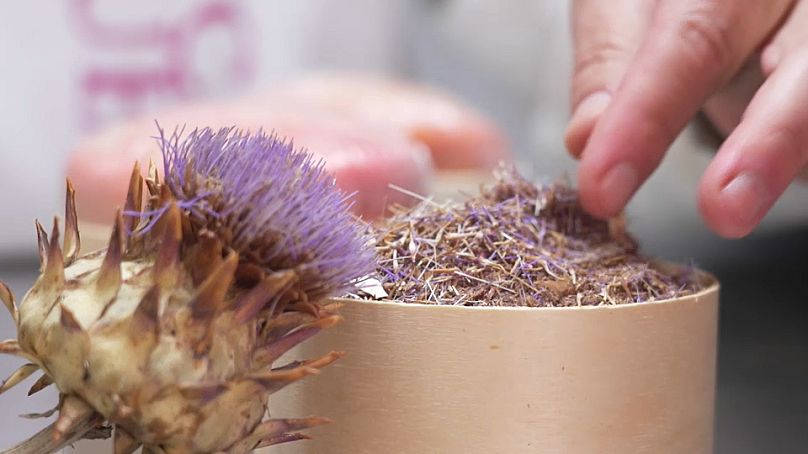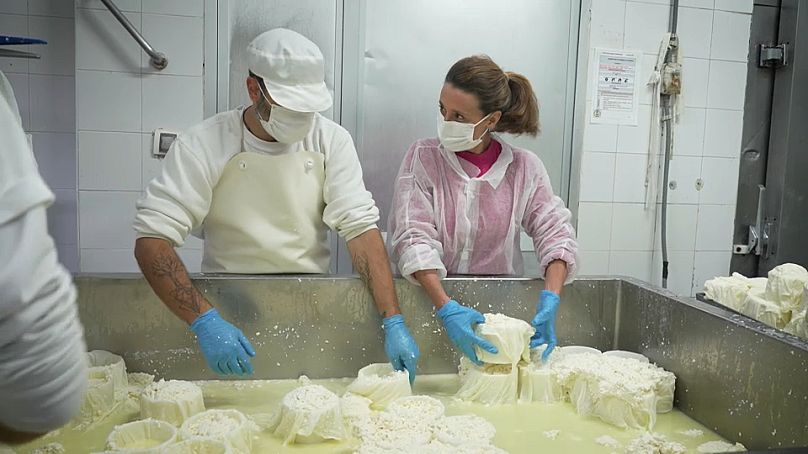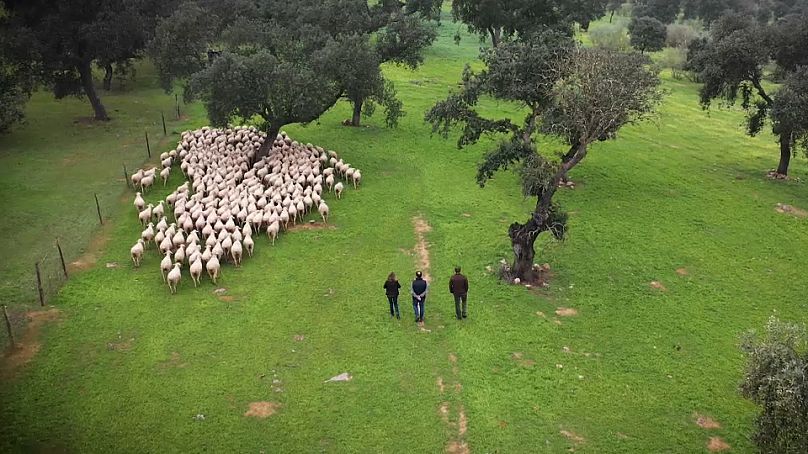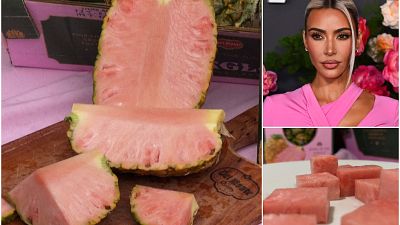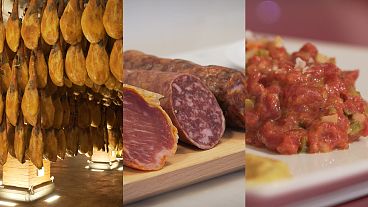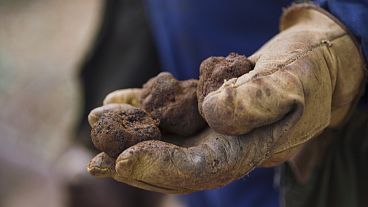Here We Grow visits Spain's western region of Extremadura where tradition and sustainability merge to produce some of the country's most unmistakable flavours.
Extremadura in western Spain is a biodiverse farming region of incomparable gastronomic richness and unmistakable flavours, where tradition and sustainability merge to produce some of the country's most emblematic culinary treasures.
Europeans brought red peppers to Spain from the Americas in the 15th century, before Monks started growing them in the region. The traditional drying method is still used to this day.
"Fire is made with oak and holm wood," said pepper farmer, Jose Nevado. "I have to stoke it every three hours so it always keeps the same temperature."
The smoking technique and the type of wood are essential to have the Pimentón de la Vera Denomination of Origin quality label. Peppers are turned over every day before they go to the mill to be turned into the finest red powder.
"Once they arrive at the factory, they go through the different grinding processes," explained Mayte Hernández, manager of pimentón La Dalia and a fourth-generation pimentón maker. "The first step...is a minimal grinding [process], and then it goes through the mill three more times. It’s a stone mill, so it takes out the oil and the juice from the seeds.”
This process creates a gourmet spice with a distinctive smoked aroma, flavour and colour. Its smokey undertones elevate the essence of the most diverse dishes.
"There are three varieties of paprika from La Vera: sweet, bittersweet and spicy," Mayte said.
Torta del Casar cheese
Near the historical town of Cáceres, cheese artisan Marco Aurelio Luceño is the proud owner of a sheep farm which provides the best raw milk for making a famous regional cheese - Torta del Casar.
Legend has it that Torta was created by accident after cheesemakers failed to fully solidify the cheese.
Torta del Casar is specially produced using a thistle rennet, which contains enzymes that break down the casein proteins in milk. It has a creamy texture and the thistle lends a touch of bitterness.
"One of the main characteristics is the rennet, it is called Cynara Cardunculus," Marco Aurelio Luceño told Euronews. "The pistils are removed and macerated the day before, with this maceration we obtain a liquid that we add to the milk, this liquid is what makes the cheese creamy and proteolytic."
At first, cheesemakers kept the soft Tortas for themselves, but they were unable to keep the secret under wraps for too long. Today they are still made from artisanal methods.
The cheese is aged for at least two months. The result is a magnificent but little-known cheese, which chefs are now using to add a special touch to their dishes.
High-quality and sustainable lamb
But sheep don’t just make excellent cheese. Merino sheep are raised in these misty Extremadura fields. The abundance of dew from foggy days provides green and lush pastures
"This livestock farming - which feeds on this dehesa land, is sustainable and maintains the ecosystem, and produces high-quality meat like lamb," said Raul Muñiz, manager at IGP CORDEREX.
"The feeding based exclusively on their mothers' breast milk means that the meat of their lambs has special and different characteristics in terms of tenderness, juiciness and all the organoleptic characteristics," Raul added.
The meat is incredibly easy to cook, and provides a delicious source of high-quality protein which is both juicy and tender.
